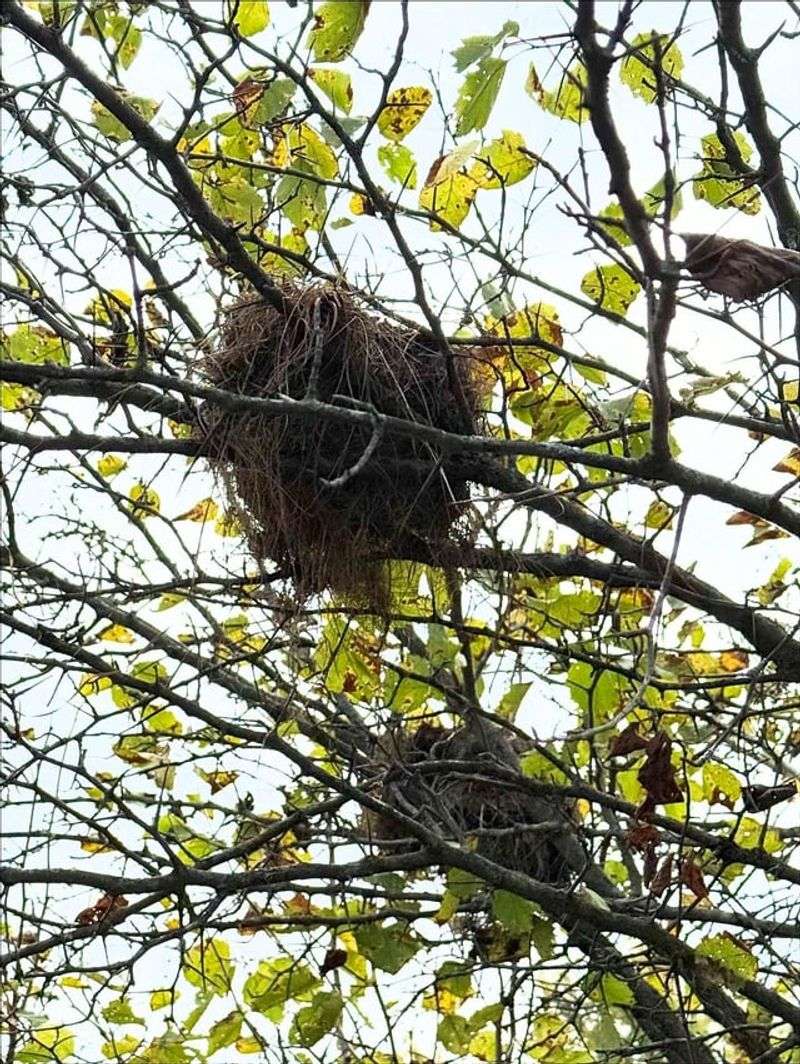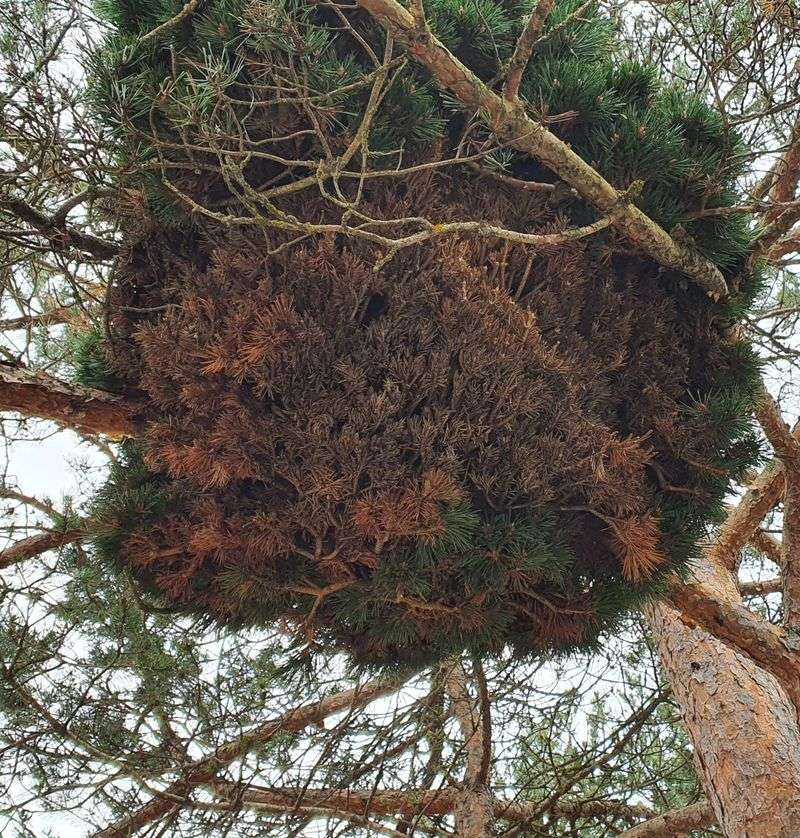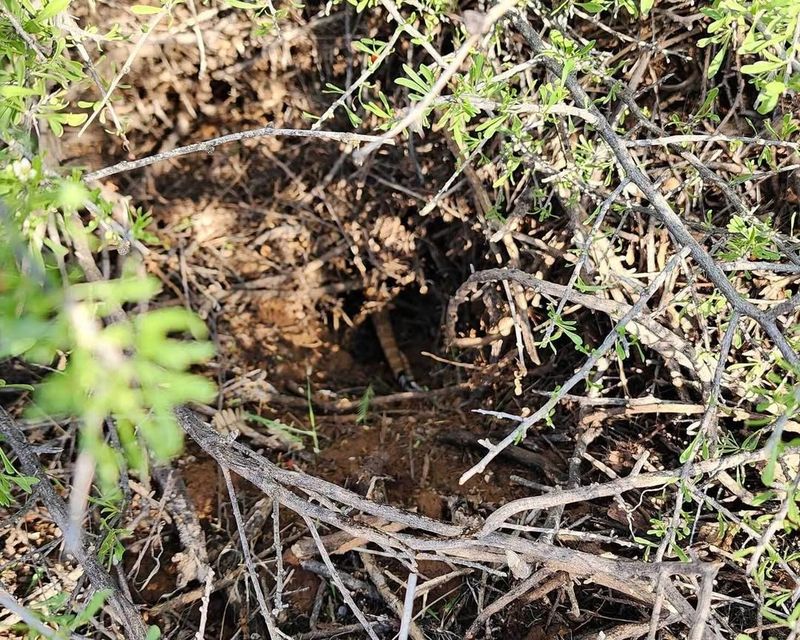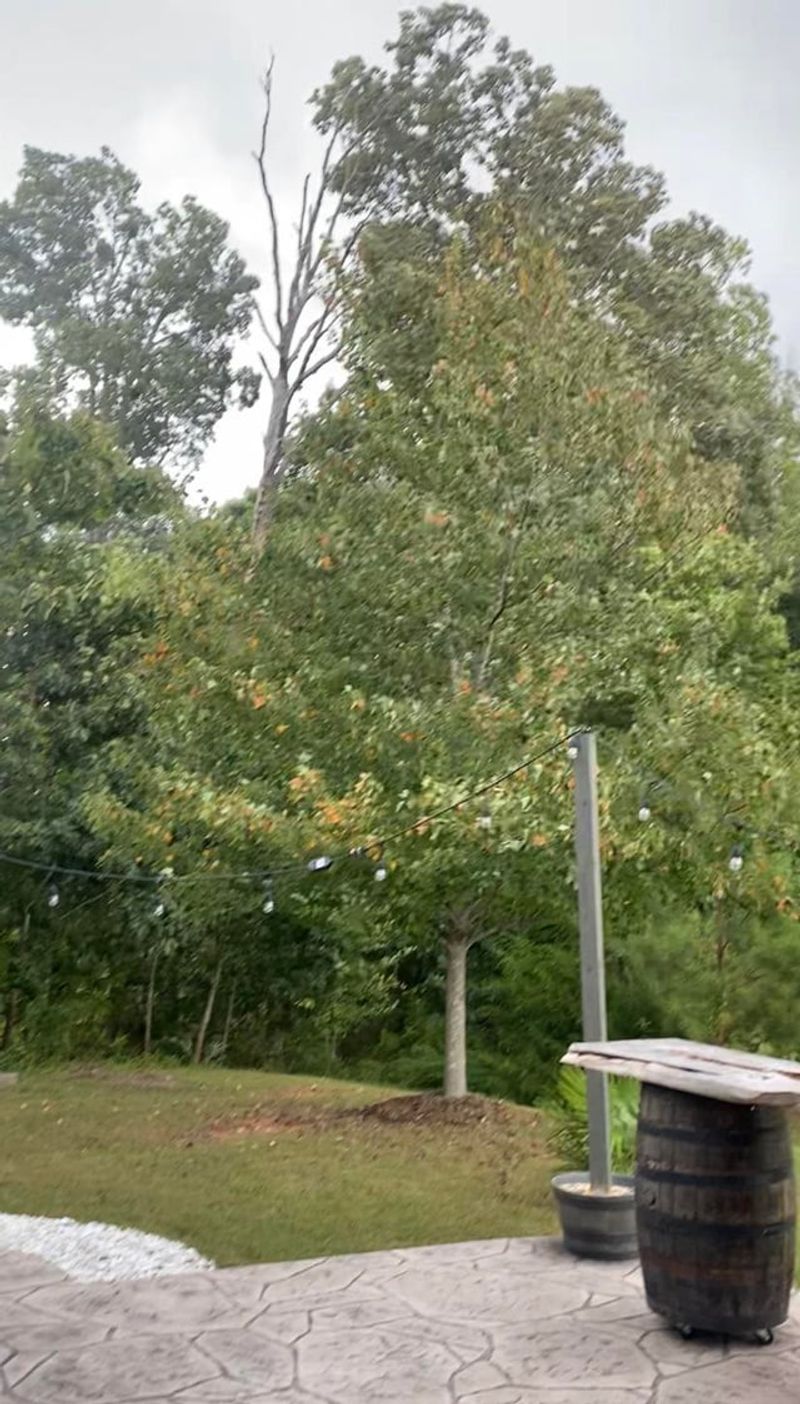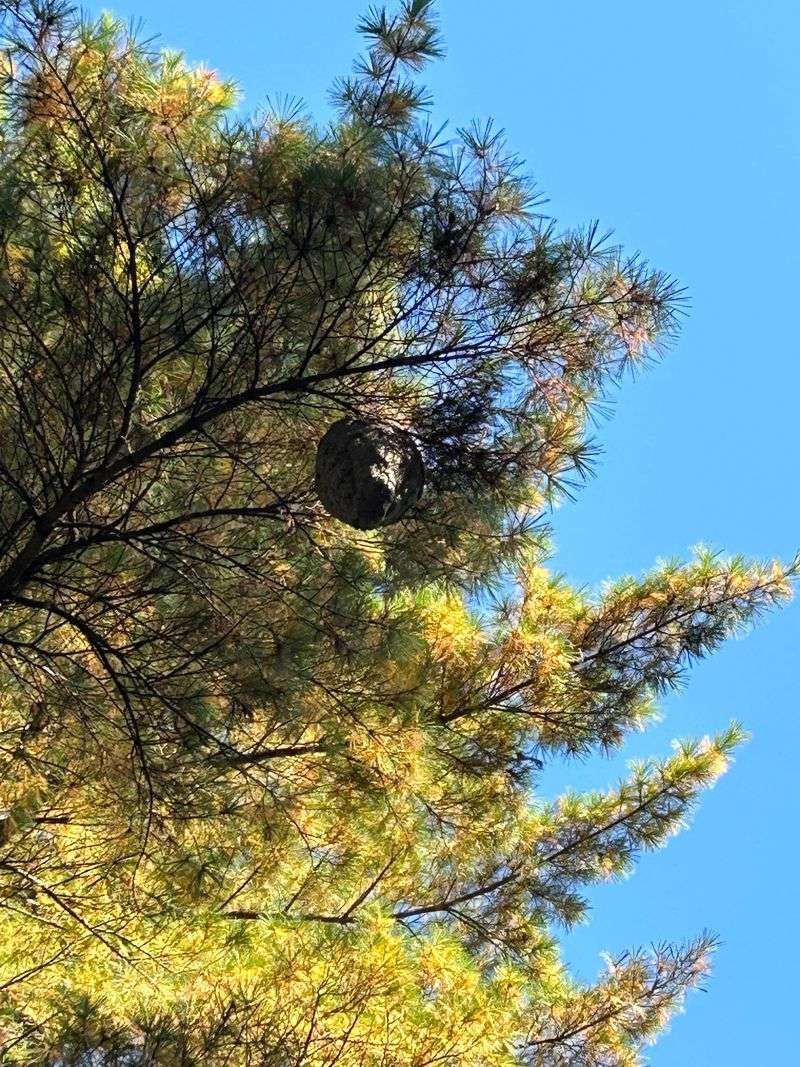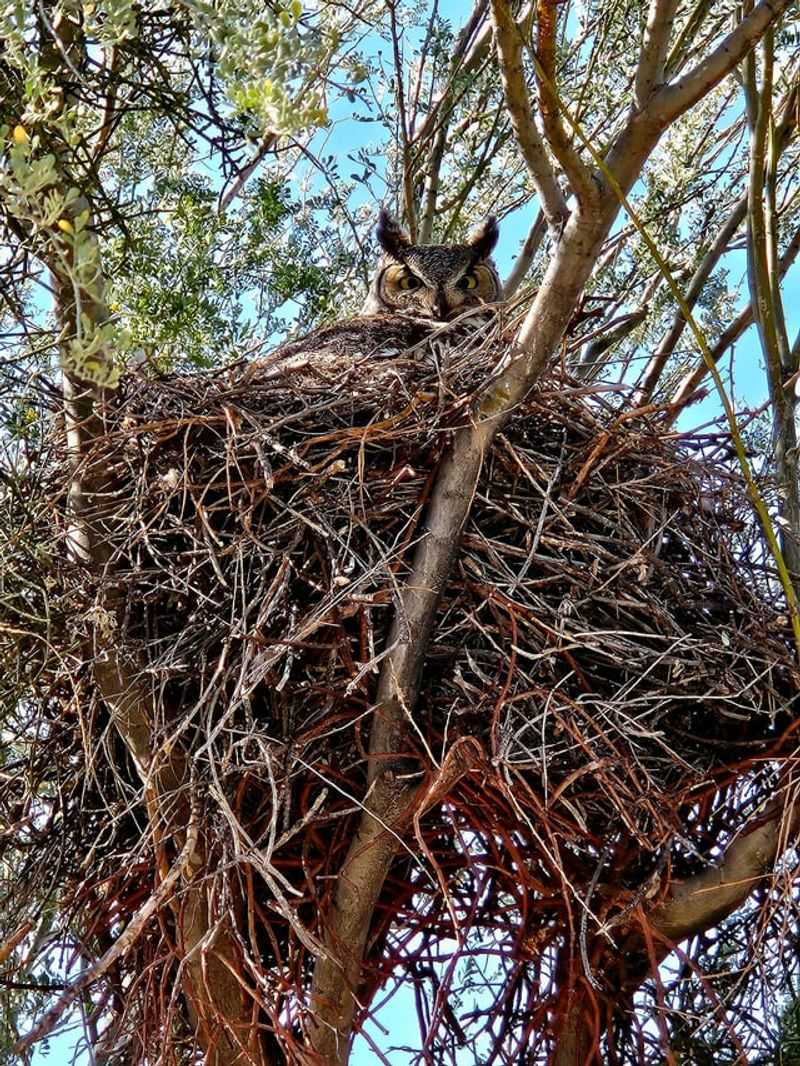Arizona trees love throwing people off with those odd clumps that really look like nests at first glance. I’ve stared at them more than once trying to figure out which bird made them.
Spoiler: it usually isn’t a bird at all. Here’s what’s actually going on up there.
1. Mistletoe Clumps Growing Wild
Mistletoe isn’t just for holiday decorations—it’s actually a parasitic plant that grows in Arizona trees and can look exactly like a bird’s nest from the ground. The bushy green clumps attach to branches and steal water and nutrients from the host tree.
You’ll often spot these bundles in mesquite, cottonwood, and palo verde trees throughout the state. Unlike actual nests, mistletoe stays green year-round and keeps growing bigger over time, sometimes reaching the size of a basketball or larger.
2. Squirrel Dreys Built for Shelter
Arizona’s rock squirrels and other tree-dwelling species build leafy homes called dreys that mimic bird nests perfectly. These clever critters weave together twigs, leaves, and bark to create cozy shelters high in the branches.
A drey typically looks messier and larger than most bird nests you’d find around Arizona. Watch closely during early morning hours, and you might catch a squirrel peeking out or scampering along nearby branches, giving away the true identity of that mysterious bundle overhead.
3. Witches Broom Disease Formations
Witches broom is a weird plant disease that makes tree branches grow in dense, tangled clusters that look remarkably like abandoned nests. Fungi, viruses, or tiny organisms called phytoplasmas cause this abnormal growth pattern in Arizona trees.
The branches grow extremely close together in a tight bundle, creating that nest-like appearance. Unlike real nests, these formations are actually part of the tree itself and won’t fall out during storms or strong winds that sweep across the Arizona desert landscape regularly.
4. Packrat Middens Stashed in Branches
Packrats are famous hoarders that build elaborate stick houses called middens, sometimes placing them right in tree branches across Arizona. These resourceful rodents collect anything they can find—twigs, cactus pieces, bones, and even shiny objects—to construct their homes.
A packrat midden looks like a jumbled pile of random stuff held together with a sticky substance the animal produces. If you spot one in Arizona, you might notice an unusual mix of materials that no bird would ever use for nest-building purposes.
5. Wind-Blown Debris Caught in Forks
Arizona’s powerful dust storms and strong winds can lodge tumbleweeds, plastic bags, and other debris in tree branches, creating convincing nest imposters. Strong monsoon winds whip through the state and deposit random materials high up where they get stuck.
Check if the supposed nest contains unusual items like trash, dried grasses from distant areas, or bits of fabric. Real bird nests show careful construction, while wind-deposited piles look random and disorganized, often falling apart after just a few weeks of Arizona weather exposure.
6. Bees or Wasps Building Hives
Africanized honeybees and paper wasps frequently build their homes in Arizona trees, and from a distance, these hives can resemble bird nests surprisingly well. The papery gray structures that wasps create might look like woven twigs when you’re standing on the ground looking up.
Before investigating any suspected nest too closely in Arizona, watch for insect activity around it first. Bees and wasps defend their homes aggressively, especially during warm months, so keeping a safe distance protects you from painful stings and potential allergic reactions.
7. Old Nests Taken Over by New Residents
Sometimes what looks like a bird nest actually is one—but the original builders moved out long ago, and new tenants moved in. Owls, snakes, and even small mammals will repurpose abandoned nests in Arizona trees rather than building their own from scratch.
An owl might be roosting inside an old hawk nest, or a snake could be coiled up enjoying the elevated shelter. The structure might look like an active bird nest, but the current Arizona resident could be something completely different and potentially surprising to unsuspecting observers below.



